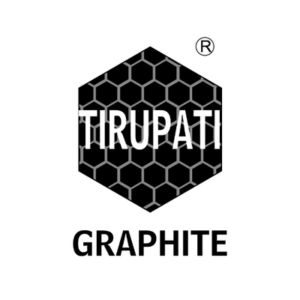Graphite is increasingly catching the eye of investors as a versatile mineral with wide-ranging applications, offering a unique opportunity for those seeking alternative investments. With its potential for long-term growth, graphite’s diverse uses in various industries make it a promising addition to any investment portfolio.
Graphite comes in different forms, each with its specific applications. Flake graphite, known for its high carbon content, is used extensively in industries like batteries, lubricants, and refractories. Amorphous graphite, which is softer and less crystalline, finds its place in brake linings and foundry facings. Synthetic graphite, produced from petroleum coke, plays a crucial role in lithium-ion battery anodes, electrodes, and even nuclear reactors. The distinction between large and small flake graphite further highlights its varied industrial uses, with larger flakes being highly valued for applications requiring high thermal conductivity.
The investment potential of graphite extends beyond traditional industries. As a critical component in emerging technologies such as lithium-ion batteries and nuclear reactors, graphite’s demand is expected to grow, driven by the global shift towards sustainability. Its role in renewable energy, including electric vehicles and solar panels, underscores its importance in the transition to a greener economy. Investors who align their portfolios with environmentally conscious principles may find graphite a valuable asset, contributing to the development of sustainable technologies.
Governments around the world are recognising the strategic importance of graphite and are offering incentives to boost investment in this sector. These incentives include tax breaks, grants, and subsidies aimed at promoting domestic production and research into new graphite applications. By supporting innovation and technological advancements, governments are helping to unlock graphite’s full potential across various sectors, including energy storage and automotive industries. These initiatives are not only stimulating economic growth but also positioning graphite as a key resource in the global market.
The rising demand for graphite, particularly in the context of electric vehicles and renewable energy, is having a significant impact on global markets. As countries push for cleaner and more sustainable technologies, the need for graphite-powered energy storage solutions is increasing, making graphite investments increasingly attractive. Additionally, the geographical distribution of graphite reserves, with major deposits in China, Brazil, Africa, the US, and Canada, adds complexity to the market dynamics, offering investors opportunities to explore new markets and partnerships.
As the world shifts towards cleaner energy and advanced technologies, graphite’s role as a critical mineral becomes ever more prominent. For investors, this offers not just a chance to diversify their portfolios, but also to contribute to the development of the sustainable technologies that will shape our future.
Tirupati Graphite PLC (LON:TGR) is a fully integrated specialist graphite and graphene producer, with operations in Madagascar and India. The Company is delivering on this strategy by being fully integrated from mine to graphene. Its global multi-location operations include primary mining and processing in Madagascar, hi-tech graphite processing in India to produce specialty graphite, and a state-of-art graphene and technology R&D center to be established in India.


